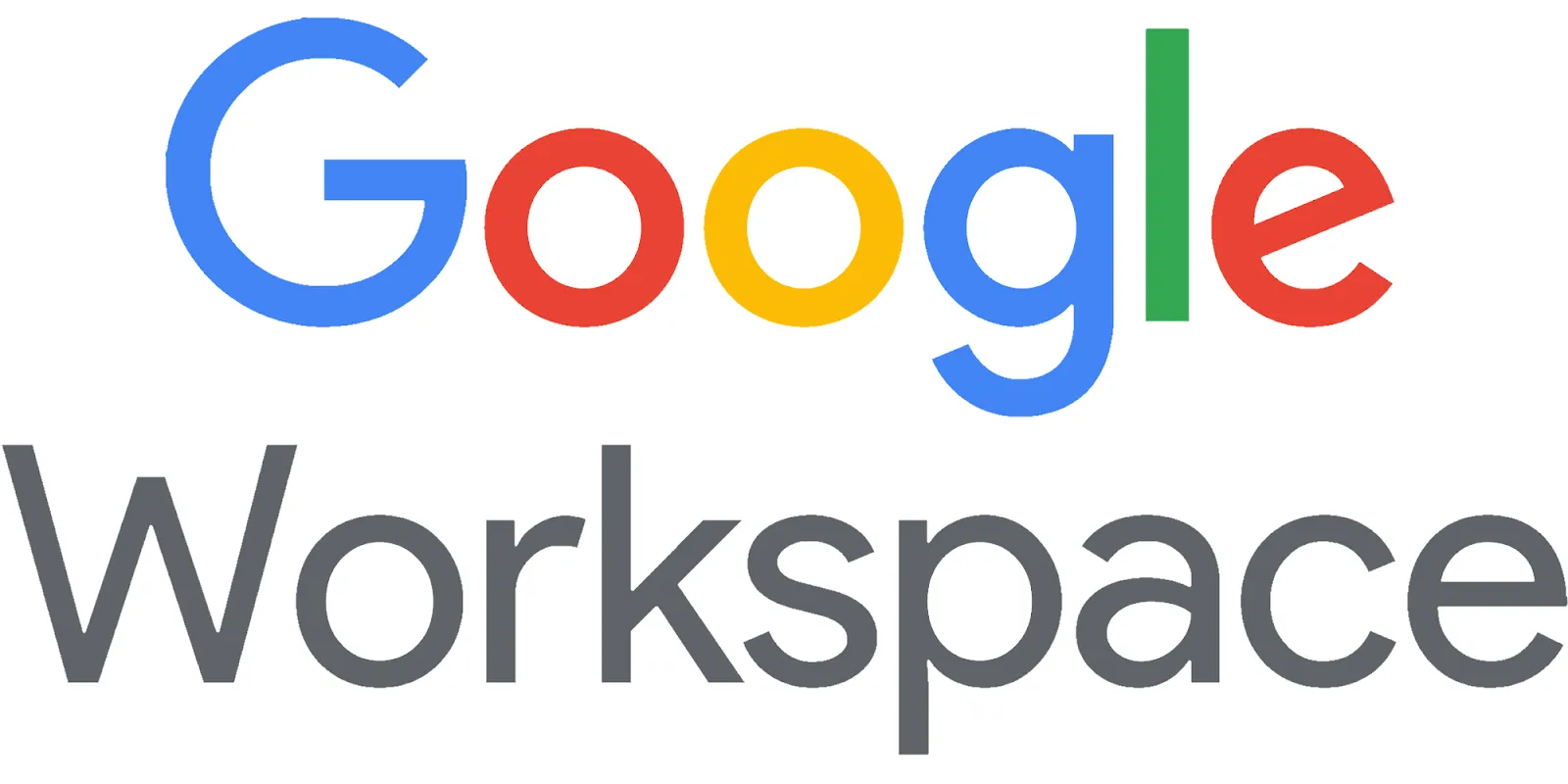Google Workspace Security and Privacy
Google Workspace Security and Privacy

In today's digital age, security and privacy are paramount for businesses that rely on online tools and services. Google Workspace offers a robust framework of security measures and privacy protocols designed to protect sensitive data and ensure compliance with various regulations. This section will explore the key aspects of Google Workspace's security and privacy features.
1. Data Encryption
Google Workspace employs advanced encryption methods to safeguard data:
- Data at Rest: Data stored on Google's servers is encrypted to protect it from unauthorized access.
- Data in Transit: All data transmitted between users and Google's servers is encrypted using HTTPS, ensuring that sensitive information remains secure during transfer.
2. Two-Factor Authentication (2FA)
To enhance account security, Google Workspace provides two-factor authentication:
- Users can enable 2FA to require a second form of verification (e.g., a mobile device) in addition to their password when logging in.
- This significantly reduces the risk of unauthorized access, even if a password is compromised.
3. Security Center
Google Workspace includes a Security Center for administrators:
- This dashboard provides insights into the organization's security posture, including alerts and recommendations for improving security measures.
- Administrators can monitor user activity and detect potential security threats in real time.
4. Data Loss Prevention (DLP)
Data Loss Prevention tools help protect sensitive information:
- Administrators can set policies to automatically scan emails and files for sensitive data (e.g., credit card numbers, social security numbers) and prevent unauthorized sharing.
- This feature is essential for organizations that must comply with regulations such as GDPR or HIPAA.
5. Privacy Controls
Google Workspace prioritizes user privacy:
- Users have control over their data, with options to manage sharing settings and access permissions.
- Google does not sell user data to third parties, and the data collected is used to improve services, not for advertising purposes.
6. Compliance with Regulations
Google Workspace complies with various data protection regulations:
- Google adheres to regulations such as GDPR, HIPAA, and CCPA, providing organizations with the tools needed to maintain compliance.
- Comprehensive documentation is available to help organizations understand their responsibilities regarding data protection.
7. Incident Response
In the event of a security incident, Google Workspace has protocols in place:
- Google has a dedicated team to respond to security incidents, with processes to investigate and mitigate threats.
- Users are promptly notified of any potential security breaches affecting their accounts.
Conclusion
Google Workspace offers a comprehensive approach to security and privacy, making it a suitable choice for businesses that prioritize data protection. With features like data encryption, two-factor authentication, and compliance with regulations, organizations can confidently utilize Google Workspace while ensuring their data remains secure and private.
Related Articles
- What is Google Workspace?
- Core Applications and Features
- Advantages of Google Workspace
- Google Workspace Plans and Pricing
- Google Workspace Setup and Management
- Collaboration and Teamwork with Google Workspace
- Boosting Productivity with Google Workspace: Tips and Tricks
- Comparison of Google Workspace with Other Business Software
- Google Workspace Security and Privacy
- Google Workspace Education and Support
- Success Stories and User Experiences with Google Workspace
- Future Trends and Google Workspace









Comments
Post a Comment